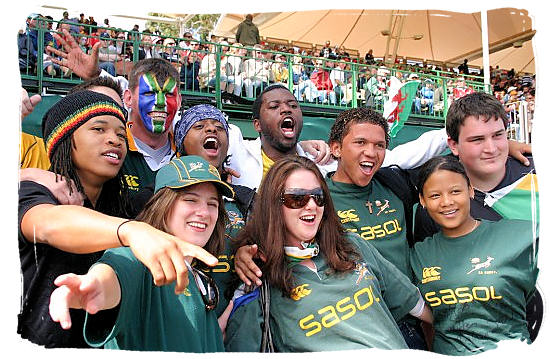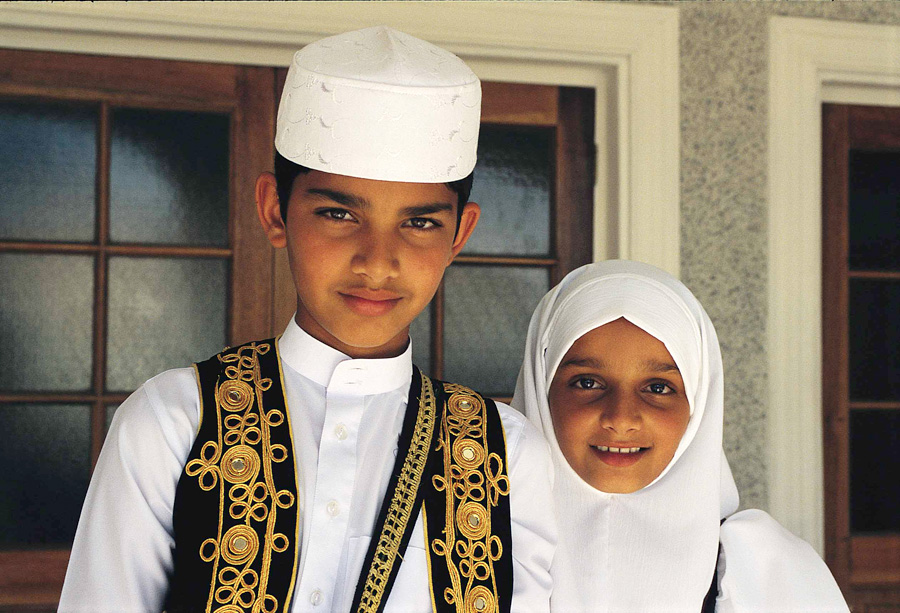The Only Guide for South African Culture Today
The Only Guide for South African Culture Today
Blog Article
Rumored Buzz on South African Culture Today
Table of ContentsWhat Does South African Culture Today Mean?South African Culture Today - The FactsAn Unbiased View of South African Culture TodayThe Greatest Guide To South African Culture TodayIndicators on South African Culture Today You Need To KnowGetting My South African Culture Today To Work
A matter of importance in Zambian villages is the passing away of liked ones. All participants of the town put cash, time and initiative together for the interment of the deceased.Songs and dancing is a really vital element of the Zambian society. The various tribal systems have their own dance types; nonetheless, makishi is usual among all people.
How South African Culture Today can Save You Time, Stress, and Money.
When it pertains to music, drums are made use of the most, with a selection of drumming ceremonies. In Zambia, bulk of individuals are Christian; Protestant and Roman Catholic. There are small teams of Muslims and Hindus, with the rest adhering to local indigenous tribal beliefs.

South African heritage and culture is profoundly diverse, and includes several teams of individuals that each have their own traditions and ideas. Having such a diversity of people and cultures is what makes South Africa so unique. In real sense of the expression, we are a rainbow country.
South Africa has roughly three hundred thousand Portuguese people residing in it. Making it the 7th on the listing of nations with the most Portuguese people in it outside of Portugal. Portuguese is not only a society, but it is likewise a language and a race. Portuguese individuals stem from the country of Portugal in Europe, nevertheless, because of Portugal (like lots of other countries in Europe) exploring the world and dominating other nations throughout the 15th 20th centuries, South Africa has what we call Portuguese South African's living in it.
The 25-Second Trick For South African Culture Today
Amongst the famous functions of the topography is a plateau that covers practically 2 thirds of the center of the nation. The plateau complicated rises towards the southeast, where it climaxes in the Drakensberg array, part of a cliff that separates the plateau from the coastal locations. The Drakensburg includes Sparkling wine Castle, the highest height in the country.
The area north of the Witwatersrand, called the bushveld, slopes downward from eastern to west towards the Limpopo River, which forms the global boundary. The western section of the plateau, the middleveld, likewise comes down towards the west and differs in elevation in between the highveld and bushveld. In between the Drakensburg and the eastern and southern shoreline, the land comes down to the sea.
Nearer the shore there is a low-lying plain called the eastern lowveld. Southwest of the plateau the nation comes to be gradually extra arid, offering way to the hostile desert of the Great Karroo, surrounded on the east by the lower, better sprinkled plateau of the Little Karroo. Separating the dry southerly inside from the sandy littoral of the southerly shore and West Cape is one more array, the Langeberg.
Top Guidelines Of South African Culture Today
The country's racially, ethnically, and politically separated background has actually generated national and subnational symbols that still function as symbols of the nation, and others signs that are approved just by particular teams. The monuments to white settler conquest and political prominence, such as the Afrikaner Voortrekker ("leader") Monument in Pretoria and the Rhodes read more Monument honoring the British colonial empire contractor and Cape prime preacher Cecil Rhodes, remain sectarian icons.
The first contemporary citizens were the San ("bushman") hunter-gatherers and the Khoi ("Hottentot") individuals, who herded livestock (South African culture today). The San may have existed for thousands of years and left proof of their visibility in hundreds of old cavern paints ("rock art"). Bantu-speaking clans that were the ancestors of the Nguni (today's amaZulu, amaXhosa, amaSwazi, and vaTsonga peoples) and Tswana-Sotho language teams (today's Batswana and Southern and Northern Basotho) migrated below eastern Africa as early as the fifteenth century

Both former republics of the Orange Free State and Transvaal (South African Republic) were established by Afrikaner settlers that defeated and dispossessed the Basotho and Batswana. Lesotho would certainly have been by force incorporated into the Orange Free State without the expansion of British protection in 1869. The supreme marriage of the nation resulted from the South African Battle (18991902) between the British and the 2 Afrikaner republics, which reduced the country to ruin at the beginning of the twentieth century.
Afrikaners traditionally considered themselves the only true South Africans and, while approving full citizenship to all residents of European descent, denied that standing to individuals of shade till the democratic shift of 1994. British South Africans retain a sense of cultural and social link to Great Britain without compromising their identification as South Africans.
Rumored Buzz on South African Culture Today
The diversity and fragmentation within ethnic groupings and the balance of tensions in between those teams throughout the twentieth century prevented interethnic civil conflict. While intergroup stress over sources, privileges, and political prominence stay, those disputes are as likely go now to pit Zulu against Zulu as Zulu versus Xhosa or African versus Afrikaner.
From colonial India, British vendors and administrators brought the rounded metal ornamental roofs and slim shoelace work pillars that still symbolize the terraces of cottages in the areas and cities throughout the country. Holy places add a crucial building aspect also in the tiniest towns. In addition to the rising steeples and traditional stonework of Afrikaans Dutch Reformed churches, Anglican churches, synagogues, mosques, and Hindu shrines offer variety to the spiritual architectural scene.

Slaughtering and the developing of conventional grain beer are crucial in securing the involvement and a good reputation of the ancestors that are thought about the guardians of excellent ton of money, prosperity, and health. Indian communities preserve their native cooking traditions and apply them on Islamic and Hindu ritual and ritualistic celebrations. Afrikaners and Coloured people collect at weekend breaks and special occasions at multifamily barbeques called braais, where area bonds are strengthened.
Since this was the key economic enterprise of both black Africans and white colonists, conflict in between those teams fixated the property of grazing land and livestock. In 1867, the largest ruby down payments in the world were discovered at Kimberley in the west central area. The riches from those areas helped finance the exploitation of the best gold reef on the planet, which was found on the Witwatersrand in 1886.
The smart Trick of South African Culture Today That Nobody is Discussing
This brought about misconceptions and deliberate misrepresentation in the ventures of white inhabitants and federal government officials with African principals throughout the early american duration (South African culture today). In the facility of African books, here some aspects of public and primarily "tribal trust" land period were protected, and even in white backwoods, kinds of common tenure were still exercised in areas with African communities
After the autonomous makeover of 1994, programs for land restitution, redistribution, and reform were set up, however progress has actually been sluggish. The white minority still controls eighty percent of the land. Following farming land invasions in Zimbabwe, the Division of Land Matters has pledged to speed up land redistribution.
Report this page